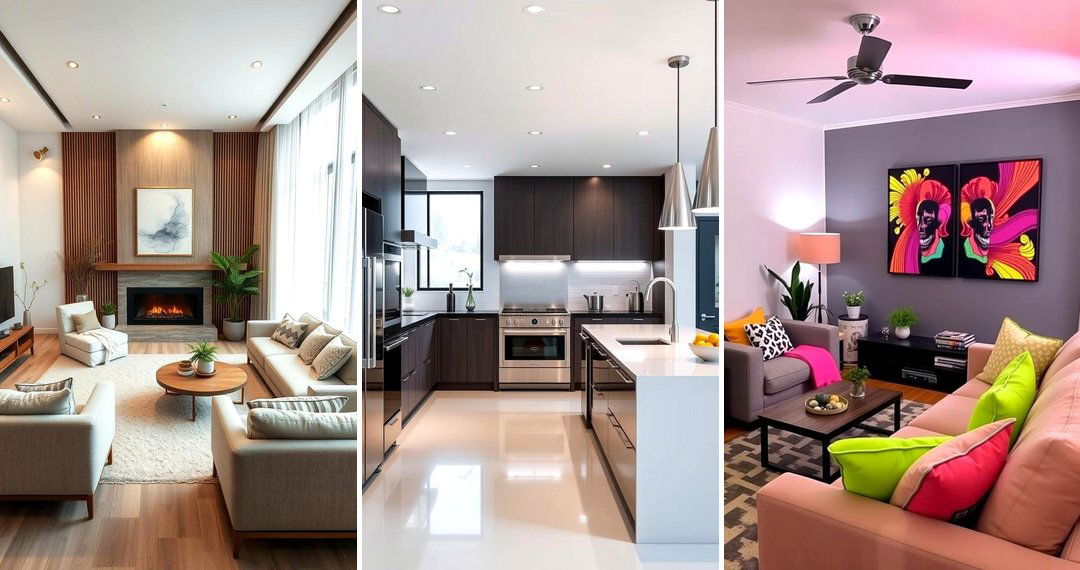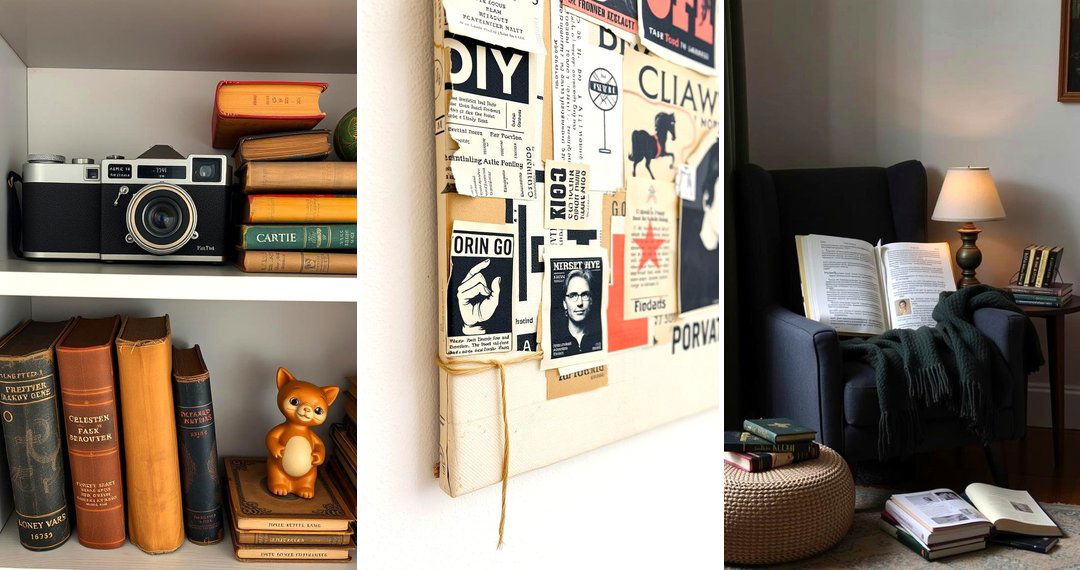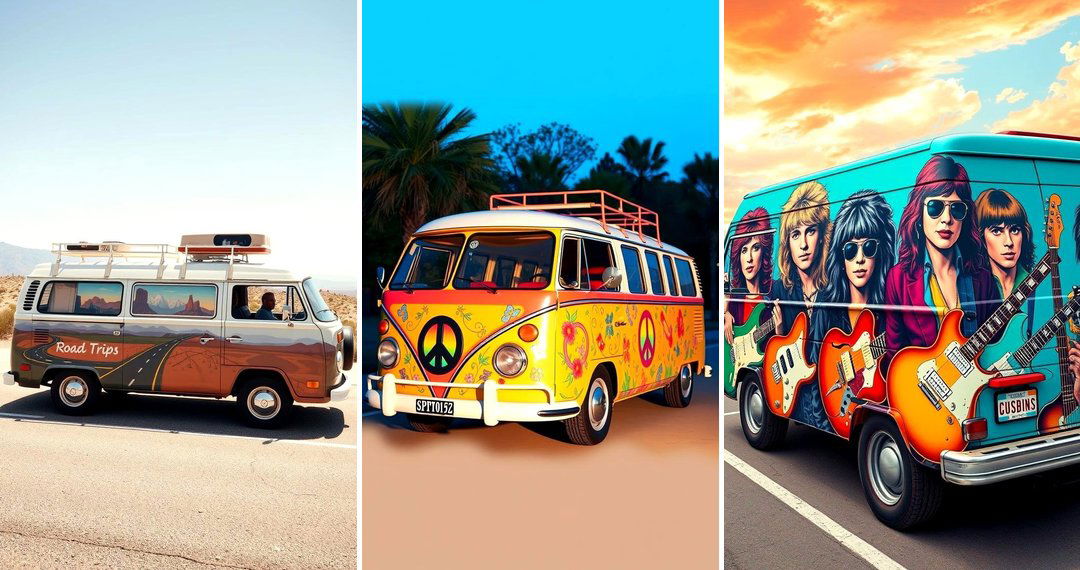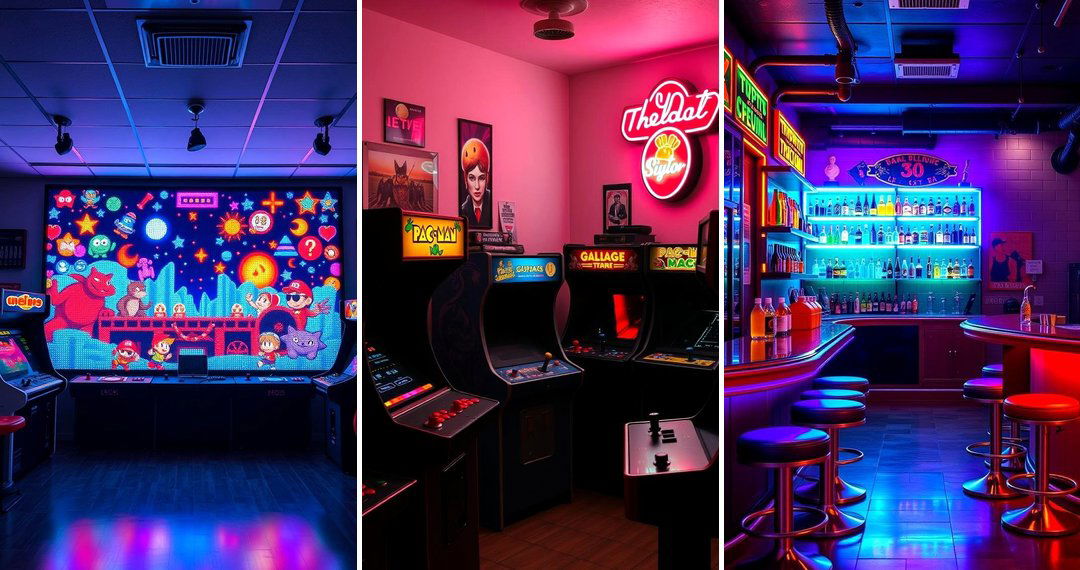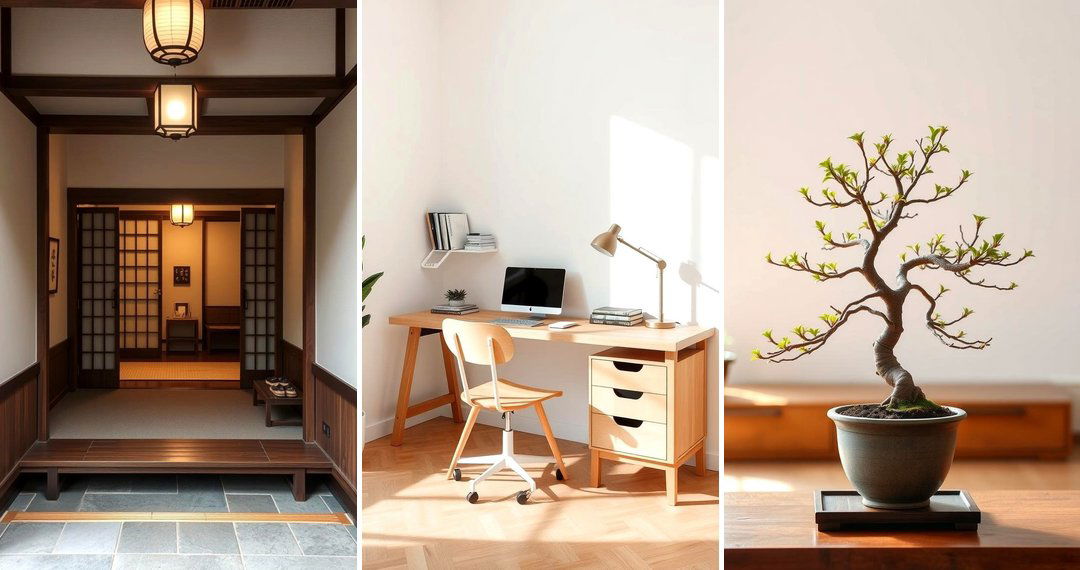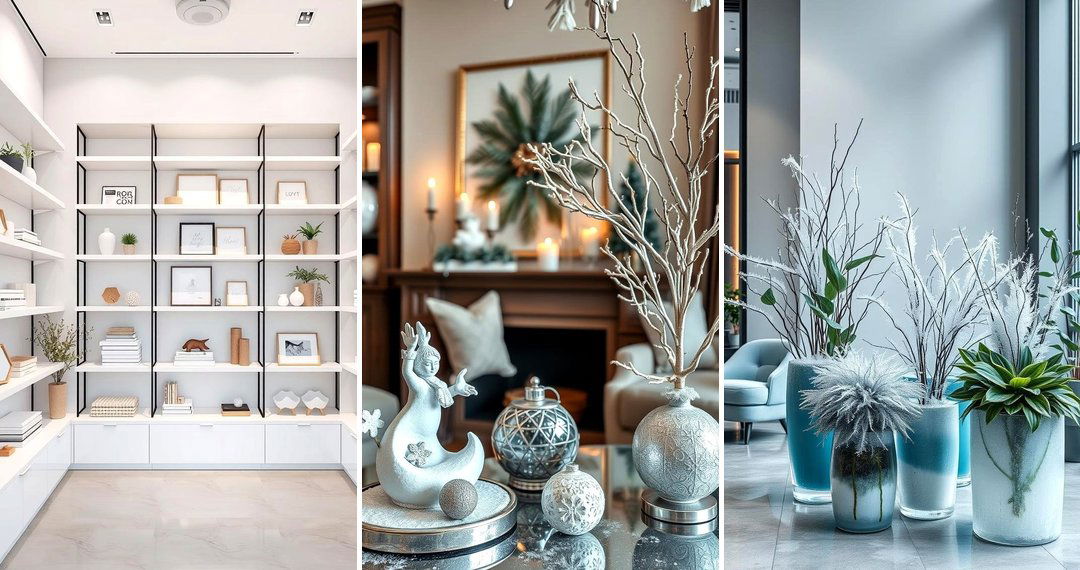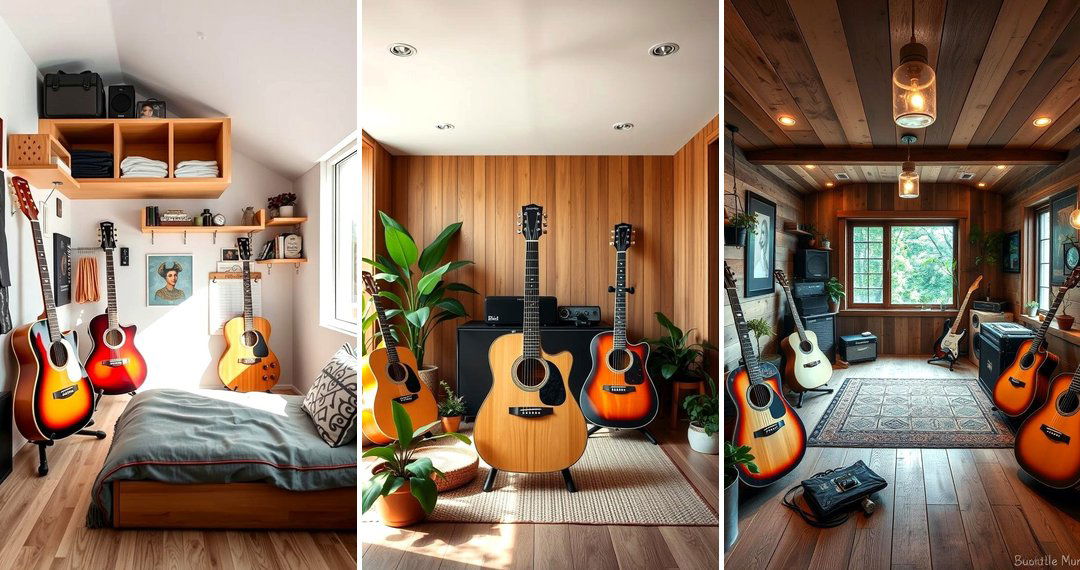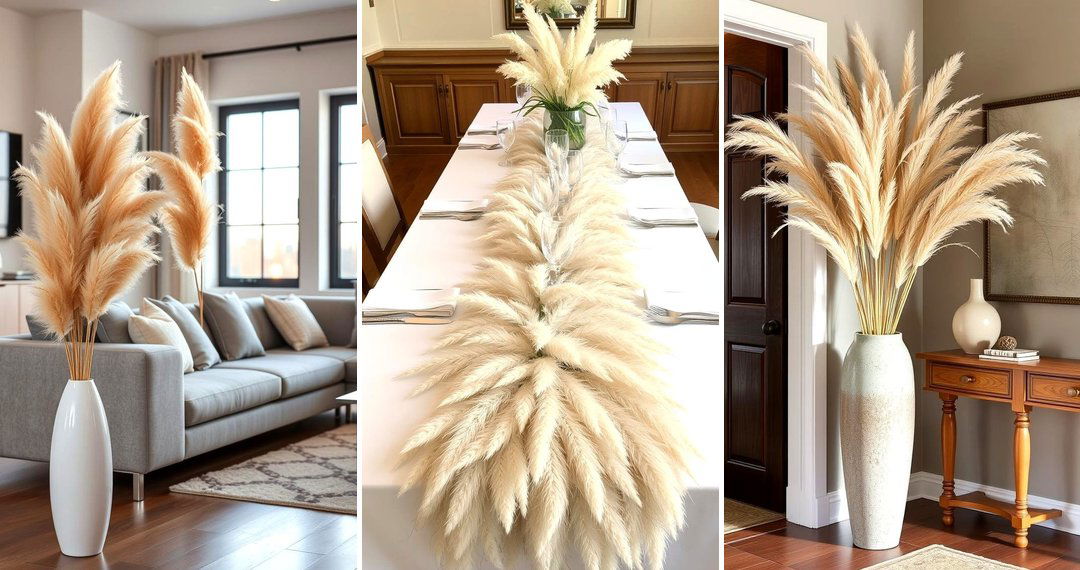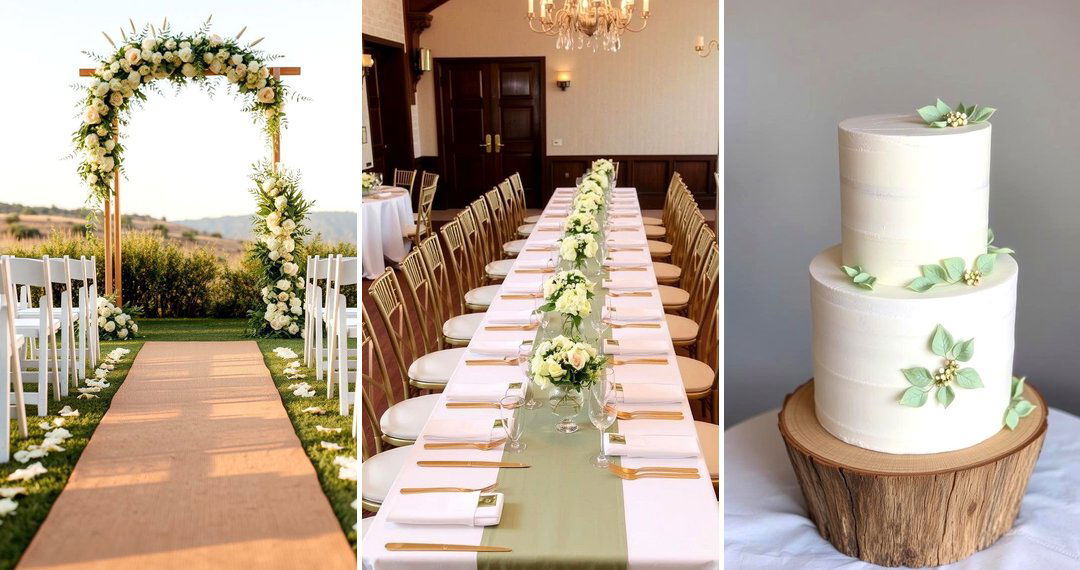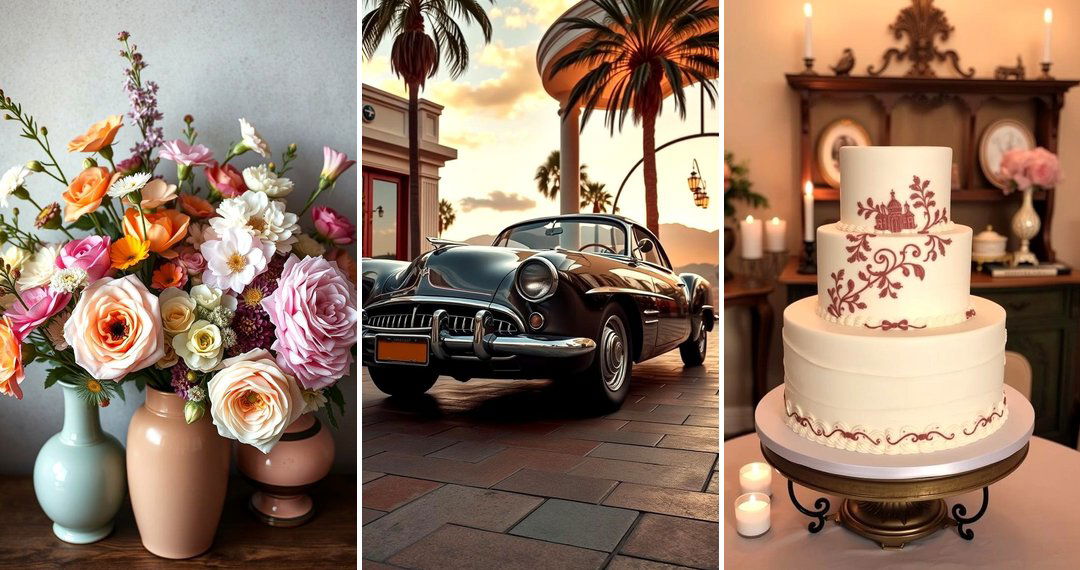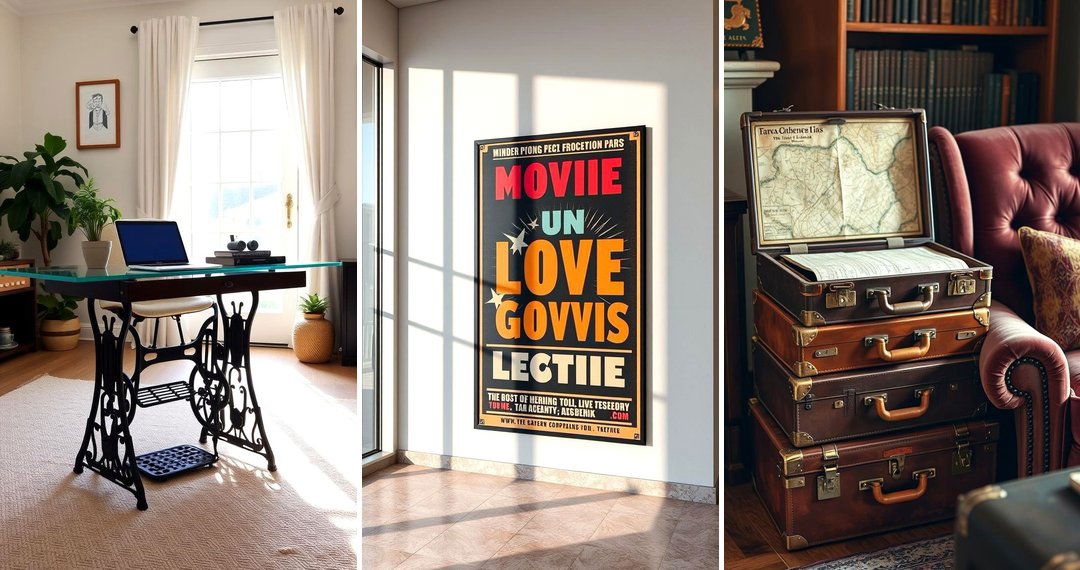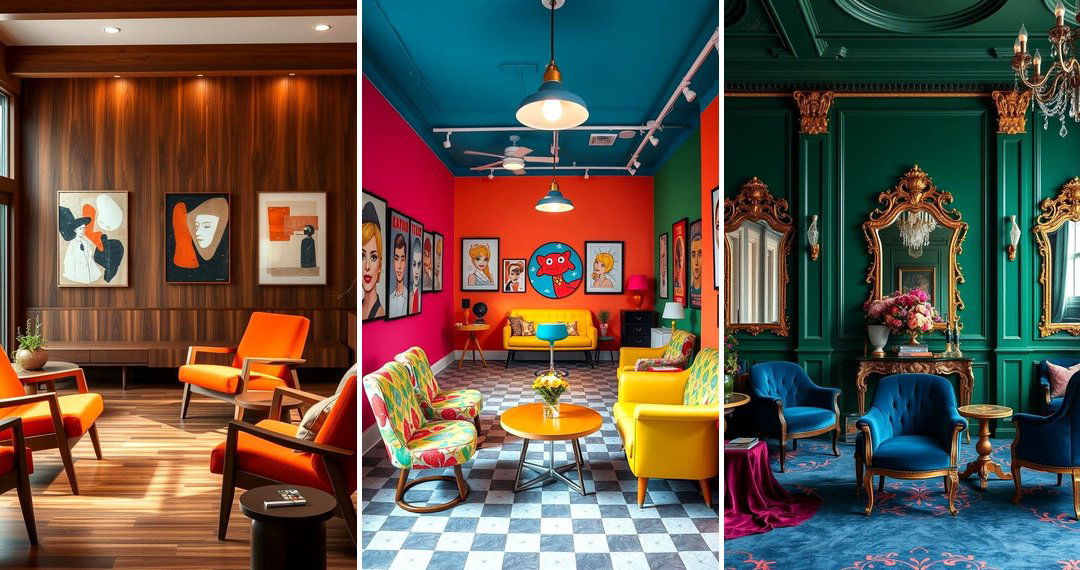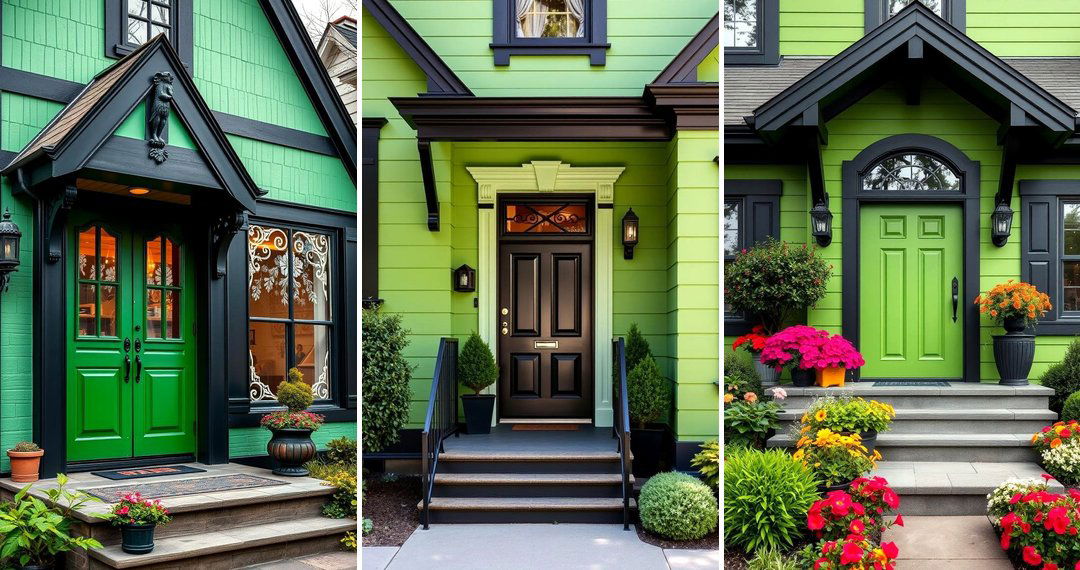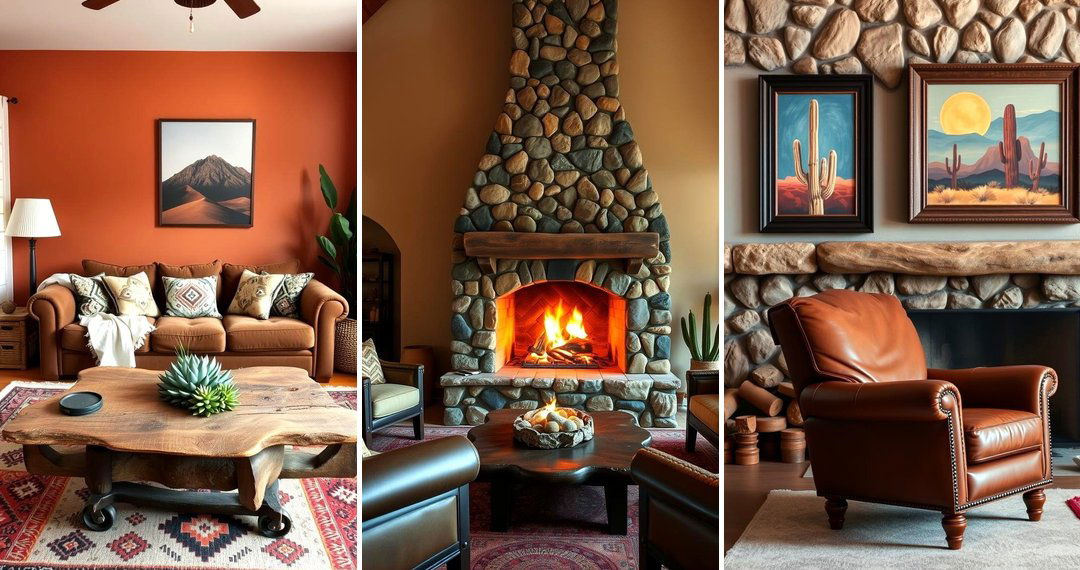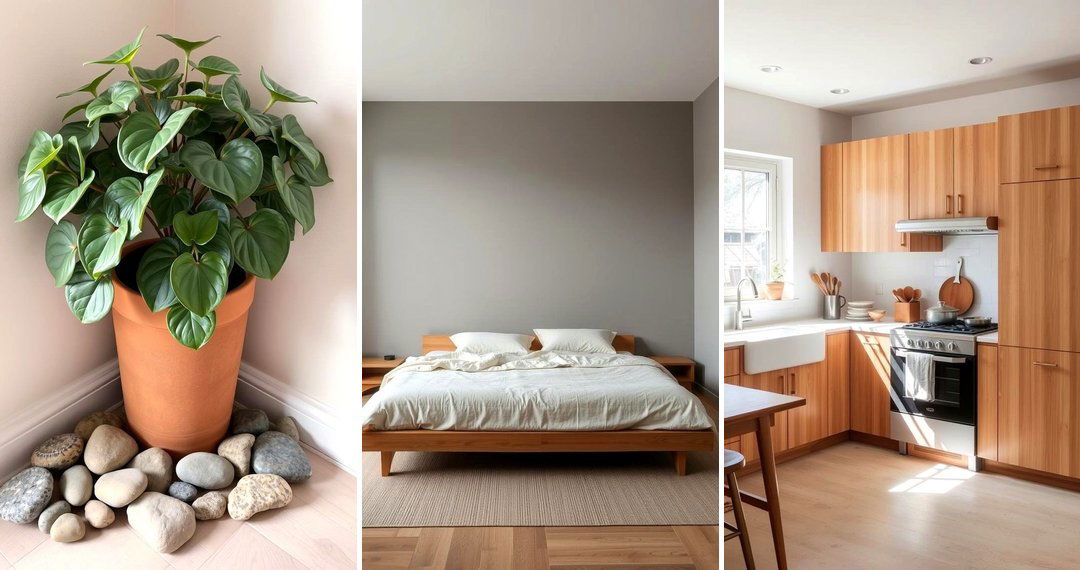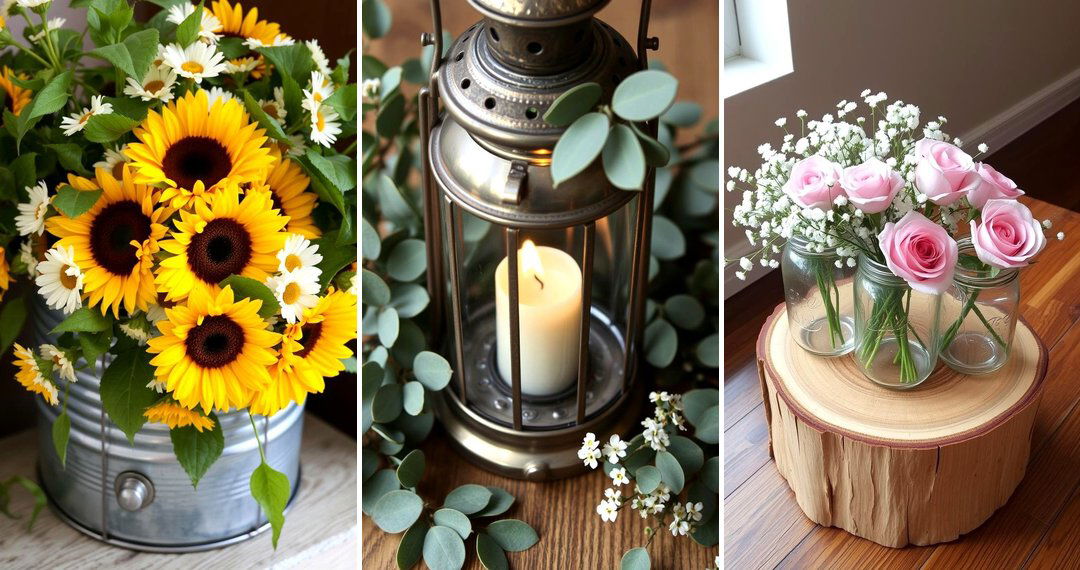The 1970s were a time of bold design choices, blending vibrant colors, innovative shapes, and a strong sense of individuality. The decade saw a shift in home decor and furniture that still influences modern design today. Whether you're looking to incorporate a retro touch or recreate the full 70s aesthetic, the ideas explored in this guide will inspire your space. From earthy tones to quirky patterns, these 24 design ideas will bring an eclectic yet stylish vibe to any home. Dive into the retro world and discover how these design ideas can transform your living spaces.

1. Bold Use of Earthy Tones
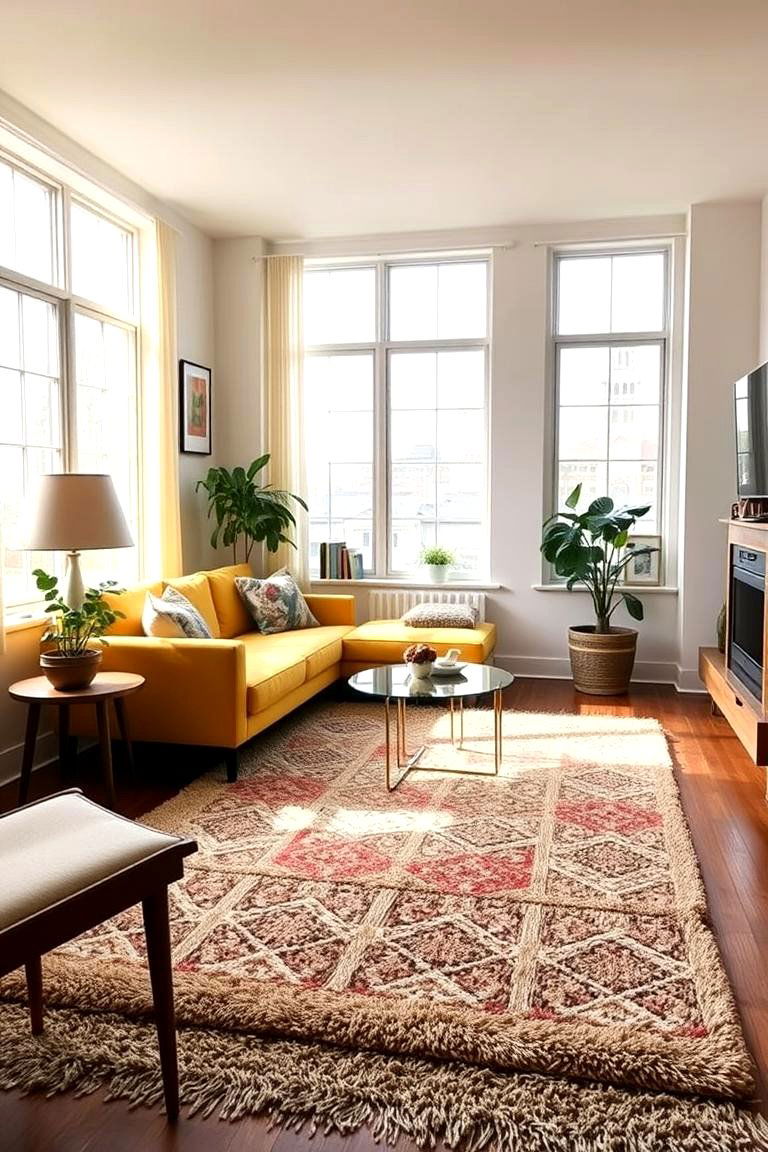
Imagine stepping into a room flooded with warm, earthy tones that embrace nature. Earthy colors like mustard yellow, burnt orange, and avocado green were all the rage in the 1970s. These hues not only create a cozy atmosphere but also help ground a space, giving it a grounded, earthy feel. Pairing these colors with natural wood accents, such as walnut furniture or teak paneling, will help recreate the nostalgic feel of the '70s while also providing a timeless, inviting environment. Adding plants can further enhance the natural vibe, connecting the indoors with nature.
2. Vintage Patterned Wallpapers
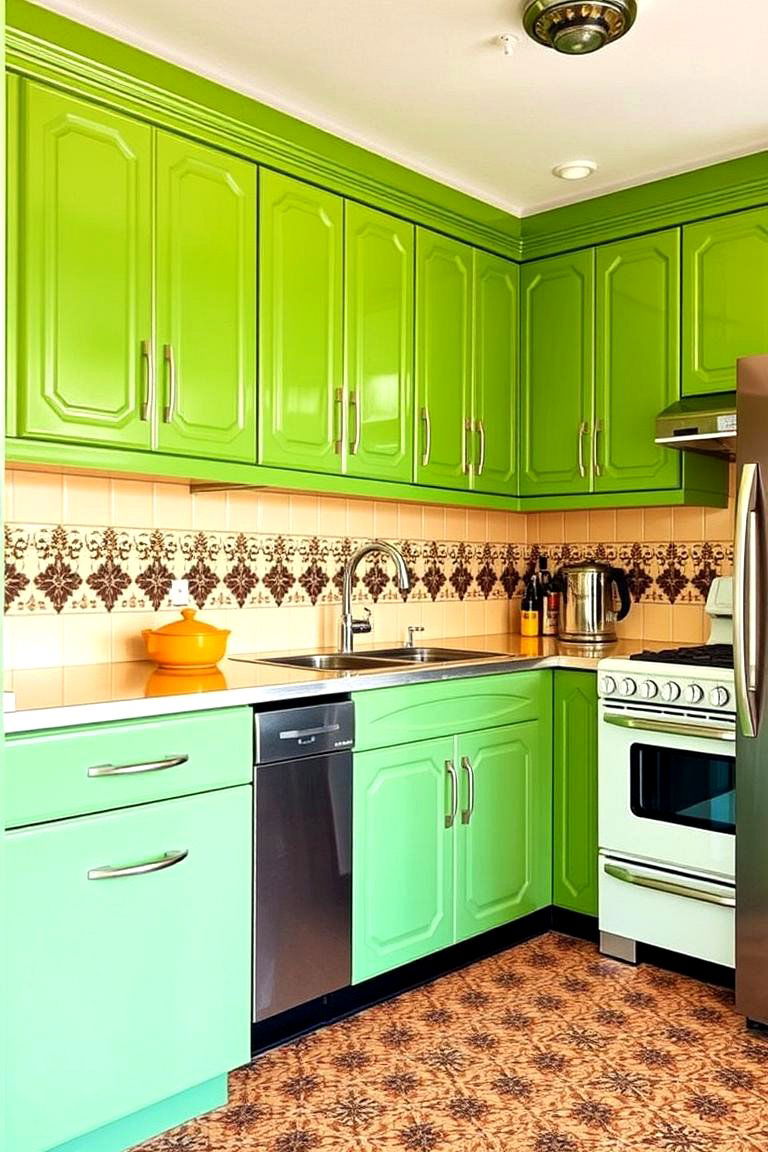
Nothing screams the 1970s like bold, patterned wallpapers. Whether it’s geometric shapes, floral designs, or psychedelic swirls, these prints instantly transform a space. By using a patterned wallpaper on a feature wall, you can give your room an energetic and artistic look. The key benefit here is the ability to instantly create a statement without needing to invest in expensive furniture or decor. For maximum impact, pair these wallpapers with minimalist furniture to let the patterns take center stage while avoiding visual overload.
3. Geometric Furniture

If you want to add an edgy touch to your home, consider incorporating geometric furniture into your decor. From angular coffee tables to sculptural chairs, the 1970s were full of furniture with sharp, geometric lines and forms. This design trend offers a modern twist on classic furniture pieces, allowing you to enjoy both style and functionality. The best part is that these pieces often come in neutral tones, making them versatile enough to blend with different color schemes.
4. Velvet Upholstery

The luxurious feel of velvet upholstery was a defining element of 1970s interior design. From plush velvet sofas to cushions and armchairs, this fabric exudes comfort and opulence. The beauty of velvet lies in its ability to enhance any space by adding richness and depth. Consider adding a velvet throw pillow or a small velvet armchair in a vibrant color to make a statement or to add texture to a minimalist room. It’s a timeless, plush material that effortlessly blends retro flair with modern sophistication.
5. Shag Carpets

Shag carpets are synonymous with the 1970s, and for good reason. Their thick, plush texture is perfect for adding a cozy, inviting feel to any room. Whether you’re going for a bold color or a neutral shade, shag carpets offer both comfort and style. Their shaggy texture adds depth and personality to your space while making it feel warm and welcoming. Try placing a shag rug under your coffee table or in front of your fireplace for an ultra-cozy touch that perfectly embodies the '70s spirit.
6. Open Shelving Systems
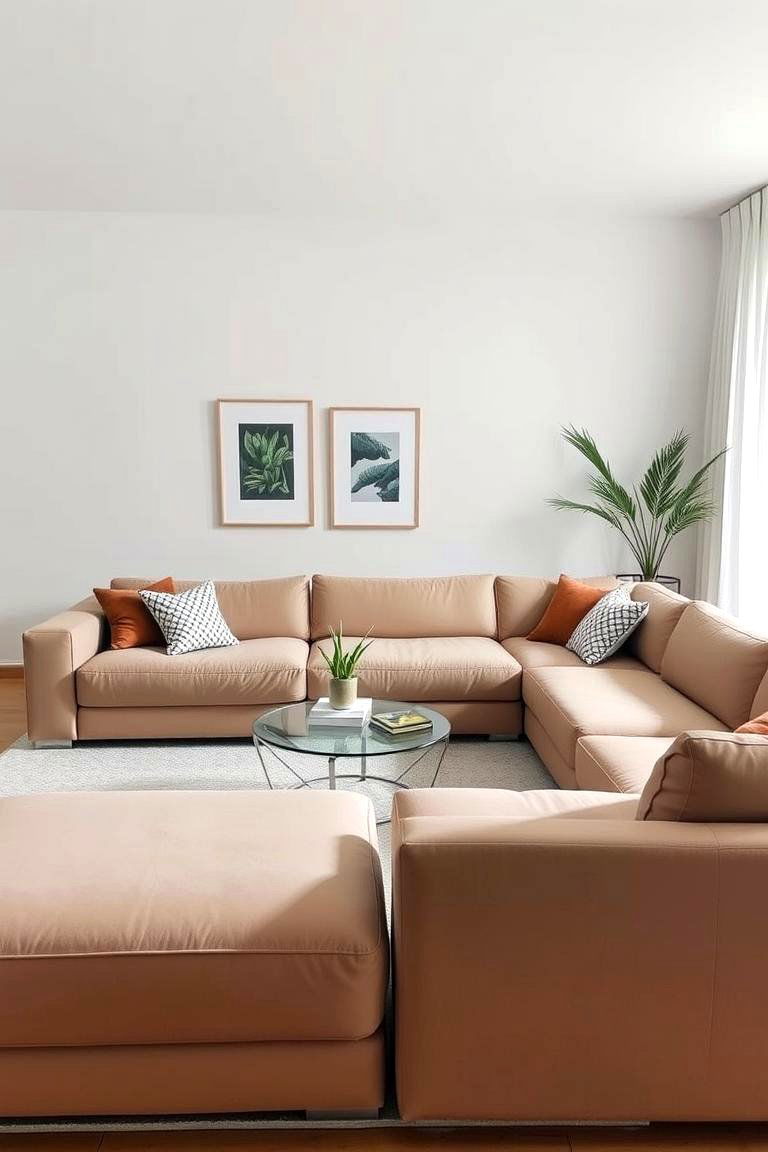
1970s design embraced open shelving as a functional and stylish way to showcase belongings. Unlike traditional cabinets, open shelving allows for easy access and encourages a more relaxed, lived-in look. These shelves are perfect for displaying books, vintage decor, or plants, adding personality and character to your home. Additionally, open shelving can make a small space feel larger by keeping the room airy and uncluttered. Consider using open shelves made of natural wood or metal for a retro industrial feel.
7. Pop Art-Inspired Prints

Add a touch of 1970s pop culture to your space with vibrant, pop art-inspired prints. The bold graphics and vibrant colors found in works by artists like Andy Warhol and Roy Lichtenstein make a statement in any room. Whether it’s a large print above the couch or small framed posters on the wall, incorporating pop art brings fun, energy, and personality into a space. These pieces work well in modern settings, offering a cool retro vibe that never goes out of style.
8. Retro Lighting Fixtures

Lighting was a major focal point in 1970s design, with fixtures becoming as much about style as function. Hanging pendant lights, chandeliers with geometric shapes, and bold table lamps helped set the mood and tone of a room. A funky retro lamp can act as a statement piece, infusing any space with color and flair. Consider using glass or metal fixtures in bold shapes and colors to really bring that vintage 70s vibe into your home.
9. Artistic Tiling

Ceramic tiles with bold designs were a hallmark of the '70s, particularly in kitchens and bathrooms. Whether in the form of colorful patterns, floral designs, or checkerboard motifs, artistic tiles can make a statement. The beauty of tiled spaces is their versatility; you can use them in small doses, like on a backsplash, or more extensively as an accent wall or floor covering. Tiles add both style and practicality, making them a functional design element in any room.
10. Low Profile Furniture

In the '70s, the trend toward low-profile furniture became very popular. Low-sitting sofas and chairs create an open, airy atmosphere, giving rooms a more relaxed and casual feel. These pieces tend to be clean-lined, often featuring minimalist designs that emphasize comfort. When combined with large, overstuffed cushions or sleek wooden legs, low-profile furniture adds a sense of modernity while also offering a cozy, informal setting. The practicality of low-profile furniture lies in its ability to suit almost any room size while maintaining a sense of space.
11. Modular Furniture

Modular furniture was a 1970s invention that allowed for greater flexibility in interior design. Pieces like sectional sofas, convertible tables, and stackable chairs can be rearranged to suit any space or function. The great advantage of modular furniture is its adaptability – as your needs change, so can the layout of your room. This versatility makes modular furniture ideal for small apartments or multifunctional spaces where functionality is as important as style.
12. Natural Materials

The 1970s saw a resurgence in the use of natural materials, from rattan and wicker to cork and bamboo. These materials bring an organic touch to any room, creating a warm, earthy atmosphere. Furniture and decor made of these materials also offer a timeless, eco-friendly appeal. Using natural materials like wooden furniture, wicker baskets, and rattan chairs can provide a balanced contrast to synthetic materials while remaining stylish and functional in any modern home.
13. Boho-Chic Vibes
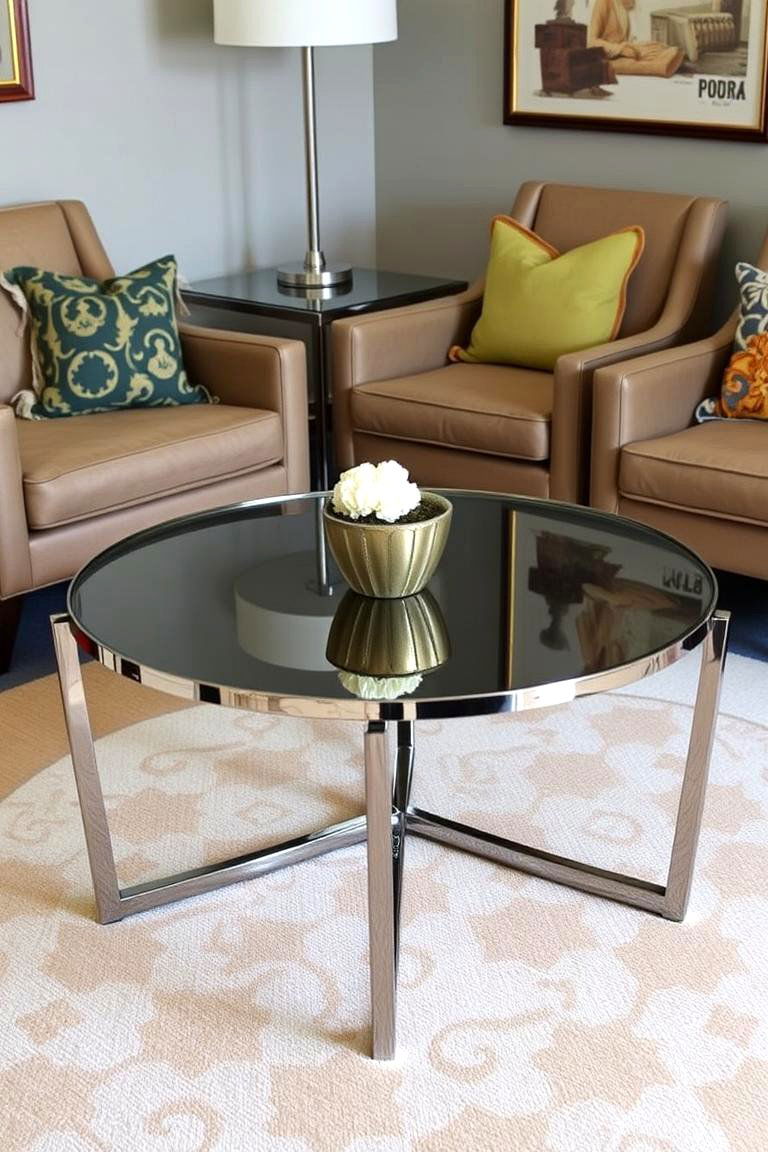
The bohemian style took hold in the 1970s, characterized by eclectic furniture, layered textiles, and earthy color schemes. This style is all about mixing patterns, textures, and colors to create a unique, free-spirited vibe. To achieve the boho-chic look, combine vintage and ethnic pieces, add lots of throw pillows and rugs, and don’t be afraid to mix modern items with more traditional pieces. The beauty of boho-chic is its relaxed, personal nature, creating a space that truly reflects your personality.
14. Statement Rugs
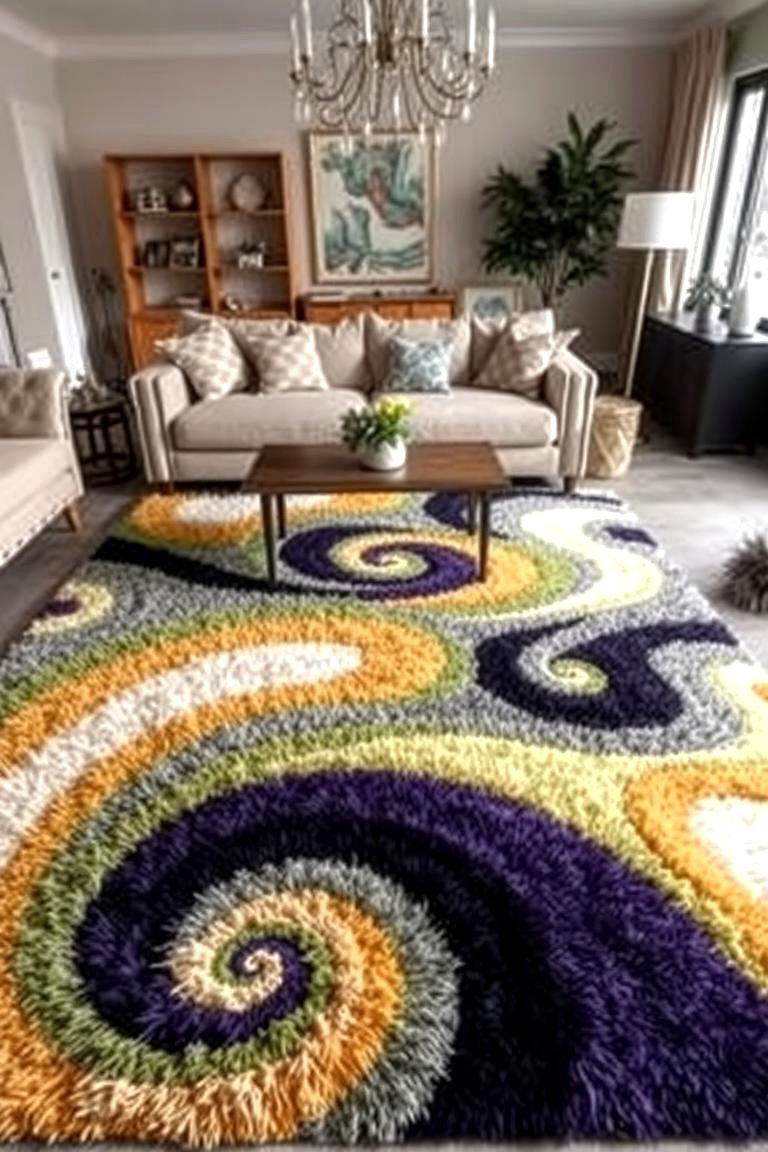
Statement rugs were a popular way to add bold, graphic design to a room in the 1970s. From swirling psychedelic patterns to geometric shapes, these rugs became a key focal point in many homes. They were not only functional, but also helped define a space, offering both style and comfort. Adding a large, vibrant rug to a room can help ground your furniture and create an inviting atmosphere. Opt for colors and designs that reflect your personal style, whether it's earthy tones or bright, bold hues.
15. Wooden Wall Paneling

Wood paneling was a classic feature of many 1970s interiors, often used to create a cozy, retro atmosphere. This type of paneling brings a rustic charm to any room and can make a space feel warm and inviting. While some modern designs have veered away from this style, you can still incorporate wood paneling in subtle ways, such as on accent walls or in more natural wood finishes. The key is to ensure the paneling complements other elements in the room for a balanced and stylish finish.
16. Sunken Living Rooms

A unique design element of the 1970s, sunken living rooms featured a lowered floor area to create a cozy, conversation-friendly space. This design offers a feeling of intimacy while also adding an architectural element to your home. Incorporating this feature into your space can be a dramatic way to divide different areas in an open-plan living space. The key benefit here is the way it draws people in and makes the area feel more intimate and welcoming.
17. Brass and Gold Accents

Brass and gold accents were everywhere in the 1970s, adding a sense of luxury and sophistication to interiors. Whether in the form of table lamps, hardware, or mirrors, these metallic touches can elevate any space. The shiny, reflective surfaces of brass and gold can warm up a room, particularly when paired with dark wood furniture or vibrant color schemes. These accents are versatile and timeless, bringing a touch of glamour and elegance to any room without being over-the-top.
18. Retro Kitchen Appliances

Vintage-style kitchen appliances are a fun and functional way to bring a 1970s vibe into your home. Bold colors, such as turquoise, red, and yellow, dominated kitchen appliances during the '70s, and they can still make a stylish statement today. From refrigerators to toasters and blenders, retro appliances not only add a nostalgic flair but also offer durability and long-lasting performance. The key to incorporating these appliances is balancing them with modern elements to avoid overwhelming the space.
19. Funky Ceiling Designs
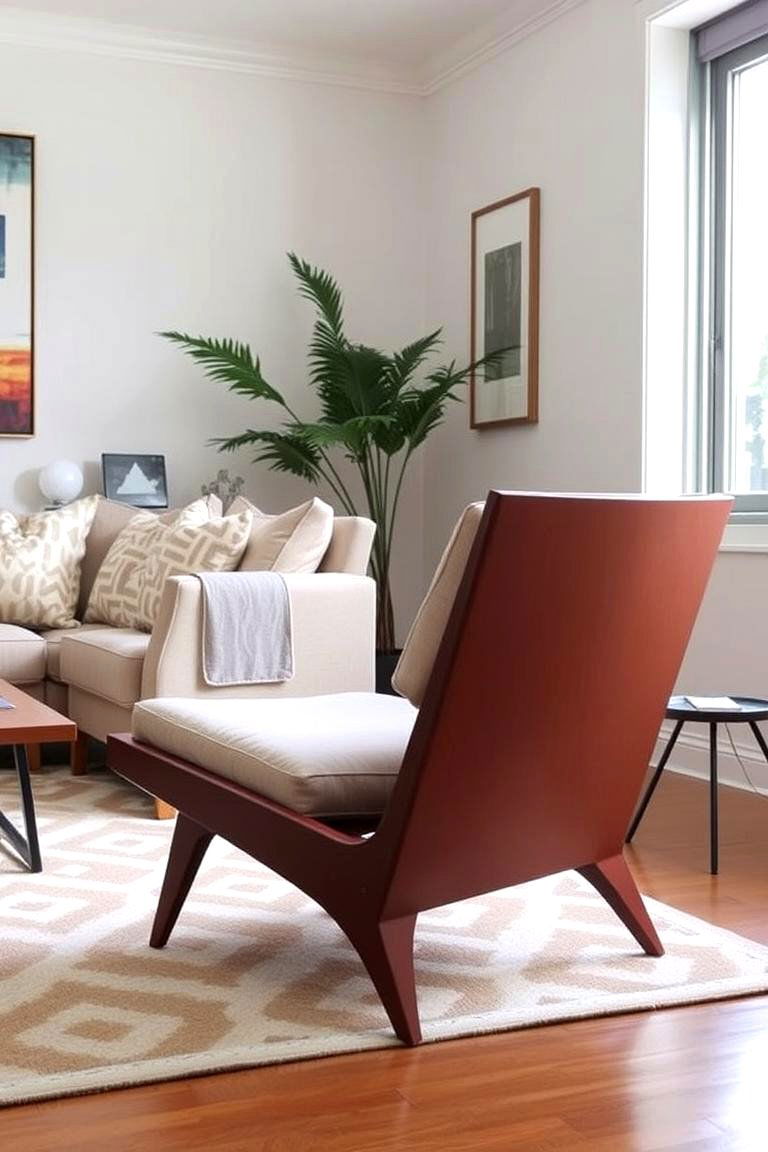
The ceiling was once a forgotten design element, but the 1970s brought it into the spotlight. From exposed beams to textured tiles, funky ceiling designs became popular ways to add character to any room. Whether you opt for a wood-paneled ceiling or a unique textured wallpaper design, the ceiling can be a statement piece. Try adding an unexpected design feature to your ceilings for a fun retro twist that will immediately grab attention.
20. Iconic Lounge Chairs

Iconic lounge chairs from the 1970s remain a timeless symbol of comfort and style. Their sleek, sculptural designs are perfect for creating a relaxing space where you can unwind. Whether it's a bold, statement chair or a more minimalist, functional option, these chairs are built for comfort and style. Incorporating an iconic 70s lounge chair can instantly elevate the look of your room, offering both form and function.
21. Funky Artifacts and Sculptures

Bring character into your home with funky artifacts and sculptures that harken back to the 1970s. Whether it's abstract sculptures, bold ceramics, or vintage vases, these pieces add a playful touch to your decor. They can become conversation starters, reflecting the era’s love for individual expression and artistic experimentation. These items work best when strategically placed in the room to avoid clutter while adding a sense of personality and originality.
22. Retro Mirrors
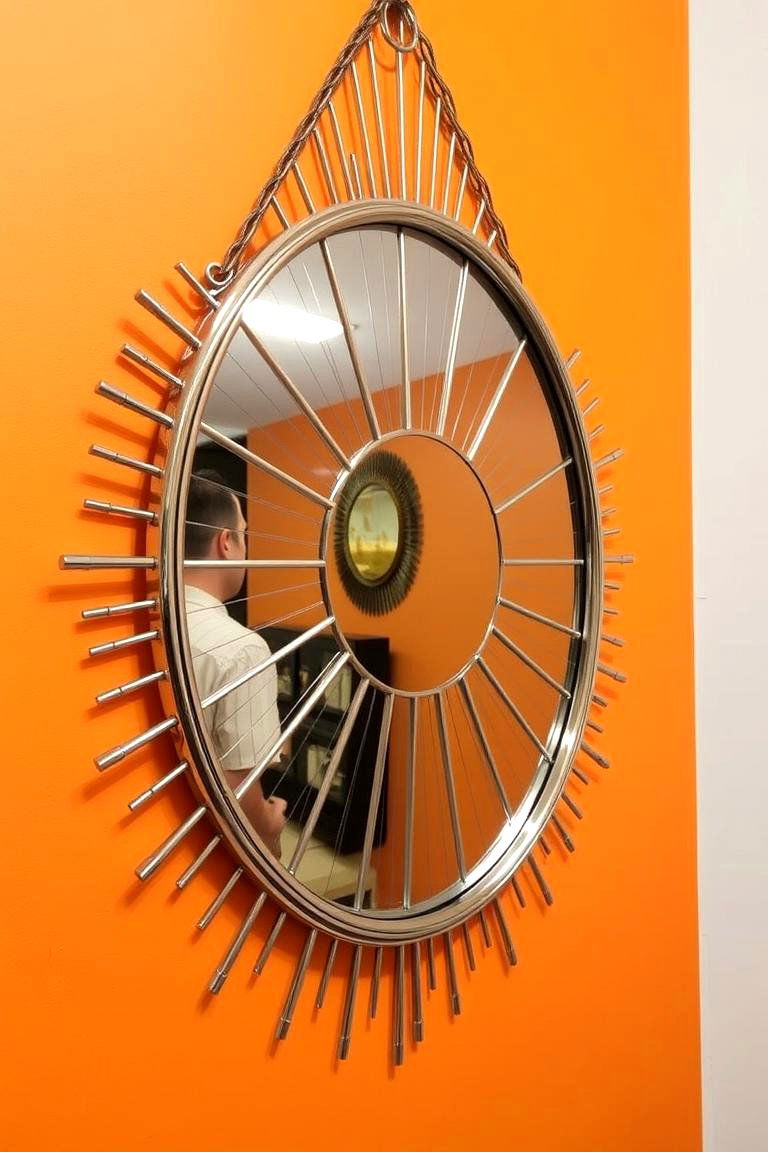
The 1970s saw an explosion of fun and funky mirror designs, ranging from sunburst shapes to asymmetrical forms. These mirrors became a statement piece in many homes, adding both functionality and flair. Incorporating a retro mirror into your space is an easy way to add visual interest. They work well above fireplaces, in hallways, or as a striking focal point in a room. Choose one with unique details to bring a touch of ‘70s glamour into your home.
23. Indoor-Outdoor Living

1970s design embraced the concept of blending indoor and outdoor spaces. Large sliding glass doors, expansive windows, and the use of natural materials helped create a seamless flow between the two. The benefit of this design is its ability to expand living space while allowing for more natural light and fresh air. Creating an indoor-outdoor space invites nature into your home and offers a relaxing environment for entertaining or simply enjoying the outdoors.
24. Mod-Style Accessories
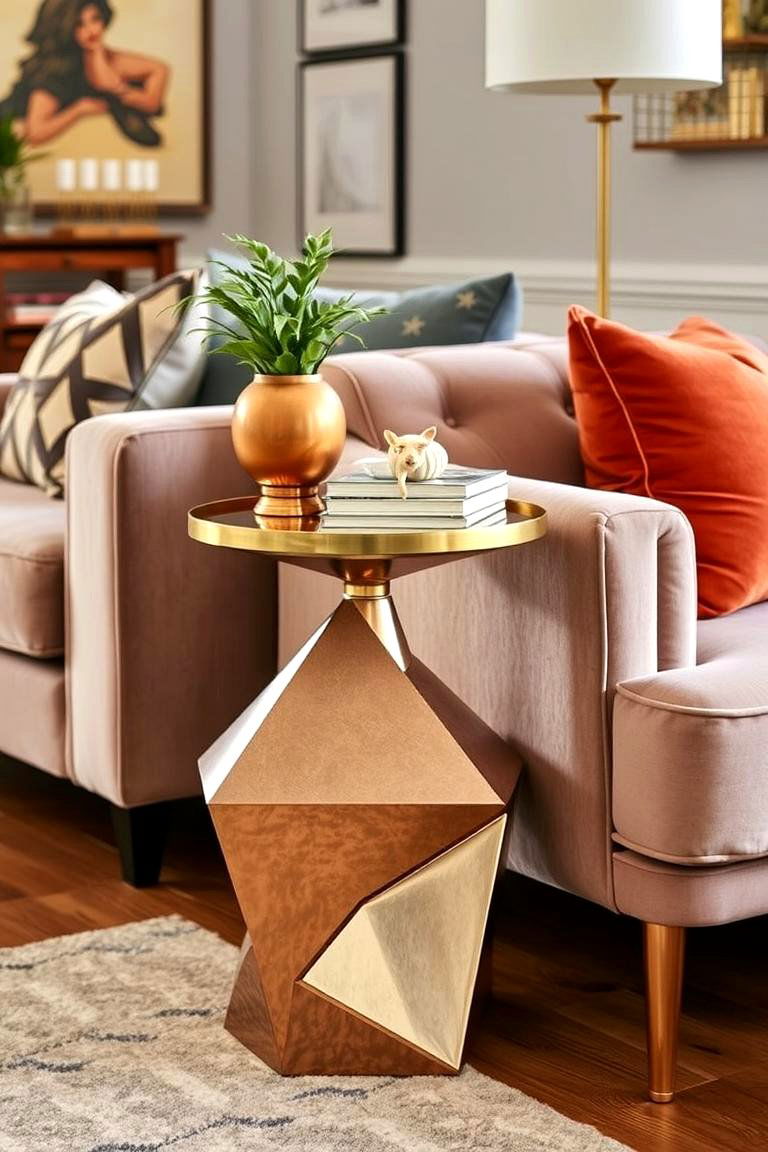
Mod-style accessories were an important part of 1970s design. Think bold geometric patterns, funky lamps, and chrome finishes. These elements added energy and vibrancy to a room, creating a playful atmosphere. Adding mod-style accessories to your space, such as a bold throw pillow or a funky lamp, can bring a touch of retro charm. These accessories complement other 1970s-inspired elements, enhancing the overall aesthetic.
Conclusion:
The 1970s-inspired design ideas offer endless opportunities to infuse your space with a retro flair while embracing modern functionality. From bold patterns to earthy tones, each element allows for a unique personal touch. By blending these ideas into your home, you can create a cozy yet stylish atmosphere that brings out the spirit of the ‘70s. Experiment with these timeless design elements, and watch your home transform into a nostalgic yet fresh space that is all your own.


